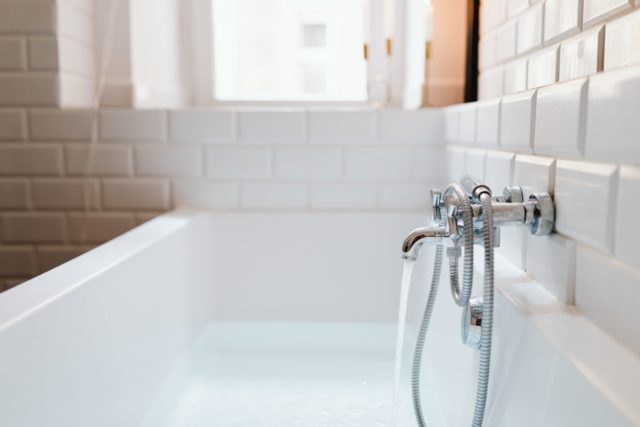Installing an Upflush Toilet in Mt. Laurel, NJ
Upflush toilets are not a new idea and have been used in Europe since the late 1950s. On the outside, they look and work like normal toilets. It is what happens behind the scenes that makes them different. If you are considering a bathroom renovation, an upflush toilet is something you might want to think about.
What Is an Upflush Toilet?
An upflush toilet is sometimes called a “macerating” or “grinding” toilet. On the outside, they look like a standard toilet, but when you flush, the waste goes into a unit that uses blades to chop it into small pieces. This takes about three to four seconds. Once the waste is chopped sufficiently, it travels up a narrow pipe into the normal sewer pipe system of your home or office using a small pump.
How Is an Upflush Toilet Installed?
The main advantage of an upflush toilet system is that you do not have to have a separate set of pipes installed when you are doing renovations. Instead, it can tap into your existing set of pipes. This saves time, prevents construction mess, and costs less than installing a traditional system.
Upflush Toilet Pros and Cons
One of the most popular reasons for installing an upflush toilet is cost savings. Upflush toilet installation costs around $700-1,000, which is much less than a traditional toilet that costs anywhere from $800-1,200. The cost of the toilet itself might be slightly higher, but the big savings are in installation and labor costs. You can also expect these toilets to last around 10 or 15 years.
One of the disadvantages is that a macerating toilet has more moving parts that need to be repaired or replaced. On average, an upflush toilet only needs additional maintenance once every 10 years, depending on use. Another disadvantage of an upflush toilet is that it makes louder flushes, but it only lasts a few seconds. An upflush toilet needs power to operate, unlike standard toilets that work by gravity.
Another problem some homeowners experience after a time is odor. This is caused by scale buildup in the macerating unit and pump. Scale is a result of minerals in the water mixing with waste. Some areas experience this more than others. The solution is to have the unit descaled regularly.
These are some of the disadvantages, but you may find that upflush toilet systems use less water than traditional systems, which is another advantage. The biggest advantage is the initial cost of installation. This type of toilet can be installed anywhere, and you do not need to have the floors and walls torn up to install them. They are an excellent solution for small bathrooms, which is one reason why they are popular in many cities throughout Europe. They are becoming more popular in America for many of the same reasons.

Can You Attach Other Bathroom Fixtures?
If you are planning a complete bathroom renovation, you can have other fixtures hooked into the system, too. For instance, you can have an upflush toilet and shower hooked into the same set of pipes. Upflush toilet and sink combinations are available that take up less space than traditional vanities and sinks. This can add up to considerable savings, as opposed to having to install completely new pipes and separate systems for the toilet and sink. An upflush system can be installed parallel to the existing system if any new pipes need to be added at all.
The best way to see if an upflush toilet is right for you is to ask a professional. Contact us at Price’s Plumbing in Mt. Laurel, NJ by calling 856-325-9719, or you can send an email to pricesplumbing@gmail.com. Our team will be happy to help you decide if an upflush toilet is the right solution for your home or business.
